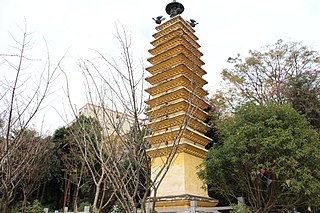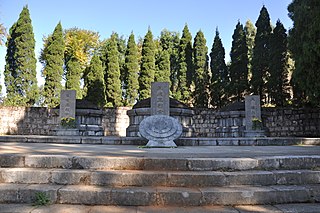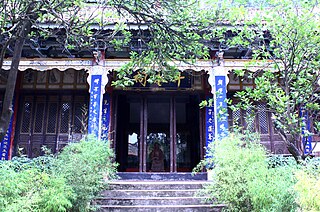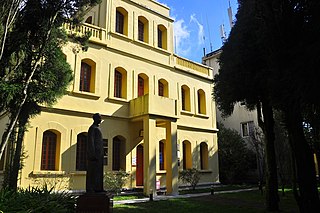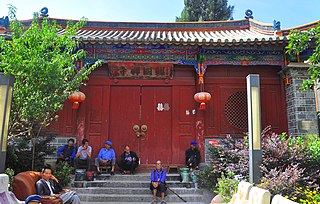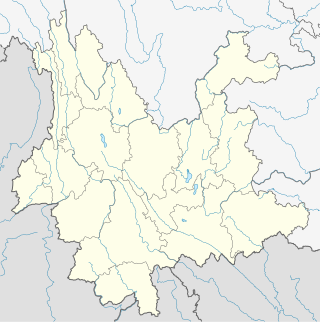45 Sights in Kunming, China (with Map and Images)
Legend
Welcome to your journey through the most beautiful sights in Kunming, China! Whether you want to discover the city's historical treasures or experience its modern highlights, you'll find everything your heart desires here. Be inspired by our selection and plan your unforgettable adventure in Kunming. Dive into the diversity of this fascinating city and discover everything it has to offer.
Sightseeing Tours in KunmingActivities in KunmingYuantong Temple is an ancient Buddhist temple in Kunming, Yunnan, China. It is located in a protected natural depression and in recent years it has been expanded with funding from Thailand. In the 1950s, it hosted a grand ceremony to greet and send on the sacred teeth of the Buddha and so became important in Southeast Asia.
Qiongzhu Temple, or Bamboo Temple, is a Buddhist temple situated on Yu'an Mountain to the northwest of Kunming, Yunnan, China. The name of the temple (Qiongzhu) refers to a type of bamboo. The Bamboo Temple was established during the Yuan dynasty as the first temple dedicated to Zen Buddhism in Yunnan. It has since been burned down and reconstructed several times. The present structure mostly dates from the late Qing dynasty.
Yunnan Military Academy was a military academy based in Kunming, capital of Yunnan, during the late Qing dynasty and early Republic of China. Along with Huangpu Military Academy and Baoding Military Academy, Yunnan Military Academy was one of the “three major strategist cradles in modern China”.
4. Shilin Stone Forest Landscape District
The Stone Forest or Shilin is a notable set of limestone formations about 500 km2 located in Shilin Yi Autonomous County, Yunnan Province, People's Republic of China, near Shilin approximately 90 km (56 mi) from the provincial capital Kunming.
5. 国立西南联合大学纪念碑
The monument of National Southwest Associated University, referred to as the monument of Southwest Associated University, includes the original monument and replicas, the first is in 1946 when the National Southwest Associated University officially ended, Tsinghua University, Peking University, and Nankai are about to return to Tianjin, when Beiping resumes school, the teachers and students of Southwest Associated University set up the "National Southwest Associated University Monument" on the site of the school to commemorate Southwest Associated University, and now the monument stands as a national key cultural relics protection unit at the site of the former Associated University in Kunming (now Yunnan Normal University). In 1989, Peking University replicated the Southwest Associated University monument on campus. In 2007, on the occasion of the 70th anniversary of the founding of Southwest Associated University, Nankai University and Tsinghua University successively copied the monument of Southwest Associated University on their respective campuses to commemorate it, and became the campus landscape of their respective schools. So far, there are four monuments to the Southwest Associated University, which are located in Kunming, Beijing and Tianjin. In addition, the three universities of Southwest Associated University have also built other forms of monuments to the United Nations.
6. 云南省博物馆新馆
Yunnan Provincial Museum is a cultural heritage museum in Kunming, China. Established in 1951, it houses an exhibition centered on Yunnan's ethnic minorities, as well as a collection of artifacts from tomb excavations at Jinning on the southern rim of Lake Dian.
7. Anning Wenmiao
Anning Confucian Temple, also known as Lianran Confucian Temple, is a Confucian temple in Anning City, Kunming City, Yunnan Province, People's Republic of China. At its peak, the Anning Confucian Temple had a total of 22 buildings with 7 entrances and 6 courtyards, covering an area of about 4,500 square meters, most of which were later destroyed, and only the Dacheng Hall and the Chongsheng Shrine have been preserved in the main buildings. In December 1987, Anning Confucian Temple was announced as a cultural relics protection unit in Yunnan Province, and in 2006, it was announced by the State Council as the sixth batch of national key cultural relics protection units.
8. Yunnan Observatories, CAS
Yunnan Astronomical Observatory an institution of Chinese Academy of Sciences sits on the Phoenix Hill in the east suburbs of Kunming, Yunnan, China. It is the only research observatory in the southwest of China. It is a state institution for astronomy research and public science education. There are 8 research groups and 2 observing stations in YAO.
9. Kunming Zoo
Yuantong Mountain is a park in Kunming City, Yunnan Province, People's Republic of China, located in Luofeng Mountain in the northeast of the urban area, covers an area of about 26 hectares, 1930 meters above sea level, because of the steep mountain, lush plants, has the reputation of "Luofeng Stacked Cui", is one of the "Eight Views of Kunming". Yuantong Mountain is adjacent to Yuantong Temple, and there is Kunming Zoo on the mountain, which includes many cultural and historical attractions such as the tomb of Tang Jiyao in addition to animal display areas and leisure and entertainment facilities.
10. Huize Hall
Located at No. 2 Cuihu North Road, Wuhua District, Kunming City, Yunnan Province, China, in the Donglu Campus of Yunnan University, Huize Academy, also known as Huize Building, was built in 1923-1924 and designed by engineer Zhang Banghan, one of the first teaching buildings of Donglu University, and is also the landmark building of Yunnan University today. It is now a national key cultural relics protection unit.
11. Jingang Pagoda
The King Kong Tower of Miaozhan Temple is located in front of Miaozhan Temple in the southeast suburb of Kunming City, Yunnan Province, Guandu Ancient Town, because the whole tower is made of sand and stone, it is also called Miaozhan Temple Stone Tower. The tower base is square, and there are coupon doors on all sides to communicate, so the folk also call it the tower that pierces the heart. In 1956, the cultural relics were recognized by the Yunnan Provincial People's Committee as the first batch of provincial cultural relics protection units. In 1996, it was included in the fourth batch of national key cultural relics protection units by the State Council.
12. Tanhua Temple
Tanhua Temple, located in Tanhua Community, Qingyun Street, Panlong District, Kunming City, Yunnan Province, on the bank of the Jinzhi River, is named after a Youtan tree in the park. Tanhua Temple was built in the Ming Dynasty Chongzhen era, originally the villa of the Ming Dynasty Guanglu Doctor Shi Shiqiao, his great-grandson Shi Taiwei donated to build the temple, rebuilt after the earthquake in the Qing Daoguang period, in the 80s of the last century, expanded into a classical garden in the south of the Yangtze River, the houses, pavilions, gatehouses, etc. of the whole temple are built in imitation of the Bai people's houses. The Zhu De gift Yingkong monk poetry tablet in the temple is a cultural relics protection unit in Yunnan Province.
13. 昆明动物博物馆
The Kunming Natural History Museum of Zoology (昆明动物博物馆) is located on the campus of Kunming Institute of Zoology, Jiaochang East Road, Kunming, Yunnan, China. The museum is an important project of the Chinese Academy of Sciences Knowledge Innovation Program, and a joint project of the academy and Yunnan Provincial Government.
14. Sino-Japanese War Memorial Hall
The Anti-Japanese War Victory Memorial Hall, formerly known as the People's Victory Hall, is located in Wuhua District, Kunming City, Yunnan Province, in the center of Kunming, with Guanghua Street in the south, Renmin Middle Road in the north, Yunrui East Road and Yunrui West Road on both sides, sitting in the north and facing south, covering an area of 28.12 acres.
15. 法华寺
Fahua Temple, the full name of Fahua Puguang Temple, commonly known as the "Sleeping Buddha Temple", is located in the Luoyang Mountains, about 1 km south of Xiaotaohua Village, Taohua Village Committee, East of Lianran Street, Anning City, Yunnan Province, China. About the construction time, one said that it was built in the middle of the Nanzhao Kingdom, one said that it was built in the early days of the Dali Kingdom, it was once a Buddhist resort in the central Yunnan region, and now only the remains of the grottoes and the simple temples built in modern times, and there is only one monk who lives here at present.
16. Kunming City Museum
Kunming City Museum is a history museum in Kunming City, Yunnan, China. Smaller than the Yunnan Provincial Museum, its most notable exhibit is about the history of the city. Other features include a dinosaur exhibit and a rotating exhibition space that holds anything from history to art exhibitions.
17. 丹桂村中央红军总部驻地旧址
The former site of the Central Red Army Headquarters in Dangui Village is located at No. 195, Dangui Village, Kedu Town, Xundian Hui and Yi Autonomous County, Yunnan Province, People's Republic of China, and is the main component of the Red Army's Long March Kedu Memorial Hall.
18. 石林文庙
Shilin Confucian Temple, also known as Lunanzhou Confucian Temple, is a Confucian temple in Shilin Yi Autonomous County, Kunming City, Yunnan Province, located in the first middle school of Shilin Yi Autonomous County, Shilin County.
19. Zhu De former residence
Zhu De's former residence is located at No. 4 Honghua Lane and No. 3 Xiaomeiyuan Lane, Huashan Street, Wuhua District, Kunming City, Yunnan Province. From 1921 to 1922, Zhu De, then director of the Yunnan Provincial Police Department, lived here.
20. Lu Han Yunnan Residence
Lu Han Mansion is located at No. 4, Cuihu South Road, Wuhua District, Kunming City, Yunnan Province, opposite the east gate of Cuihu Park, and is the residence of Lu Han, the former chairman of Yunnan Province.
21. 昆明国际无线电支台旧址(团山发信台旧址)
The former site of Kunming International Radio Branch Station is a provincial-level cultural relics protection unit in Kunming City, Yunnan Province, China, including the Tuanshan Sending Station in Wuhua District and the Hongmiao Receiving Station in Xishan District.
22. Tang Jiyao Tomb
The tomb of Tang Jiyao, commonly known as the "Tang Tomb", is located in the Kunming Zoo in Yuantong Mountain, Kunming City, Yunnan Province, China, and is the burial place of Tang Jiyao, a military and political leader in Yunnan during the Republic of China.
23. Kuixing Pavillion
Kuixing Pavilion of Guandu Ancient Town is a late Qing Dynasty building located in the east of Xiuying Village, Guandu Ancient Town, Kunming, which was built in 1911. Popularly known as the "lower attic". It is said that this place was originally a mass grave, and the pavilion was built to suppress evil spirits. In the 1940s, it was used as a barn and rice mill, and in 1976 it almost collapsed in a tornado. It was renovated at the beginning of the 21st century. Later, it was included in the sixth batch of cultural relics protection units in Kunming.
24. 法定寺
The statutory temple is located in the ancient town of Guandu in the southeast suburb of Kunming City, Yunnan Province, and is adjacent to the Tuzhu Temple in the south. It was built in the middle of the Nanzhao Dynasty (around 756), and most of the existing buildings were rebuilt in the 21st year of Guangxu of the Qing Dynasty (1895). Sitting west to east, it covers an area of about 2,500 square meters. The main hall is five rooms wide, three rooms deep, 17.2 meters long, 5.7 meters wide, single eaves rest on the top of the mountain, nine steps on the bucket arch.
25. Shiping Guildhall
Shiping Guild Hall, located at No. 24, Zhonghe Lane, south of Cuihu, Huashan Street, Wuhua District, Kunming City, Yunnan Province, China, is the most well-preserved guild hall building in Kunming and belongs to the provincial cultural relics protection unit.
26. Underground Communist Party HQ
The former site of the underground party building of the Communist Party of China in Yunnan is also the former site of the founding of the Yunnan Provincial Committee of the Communist Party of China, located at No. 39, Jiexiao Lane, Qingnian Road Community, Huguo Street, Wuhua District, Kunming City, Yunnan Province, China. In the autumn of 1926, Li Xin, a member of the Communist Party of China, was instructed by the Guangdong District Committee to come to Kunming to establish a party organization to carry out work, and in November established a special branch of the Communist Party of China in Yunnan, with Wu Cheng as secretary. In February 1927, according to the instructions of the Guangdong District Party Committee, Wang Desan led some Communist Party members and revolutionary youths in the cadre training class to return to Kunming to expand and establish the Yunnan Provincial Provisional Working Committee of the Communist Party of China on the basis of the Yunnan Special Branch. The old house remained basically unchanged, and was once converted into a staff dormitory. After 1990, it was partially recovered for management and use by the cultural relics. It is now open to the public free of charge from Monday to Friday.
27. 梁思成、林徽因旧居
The former residence of Liang Sicheng and Lin Huiyin is located in Brown Piying Village, Baoyun Community, Longquan Street, Panlong District, Kunming City, Yunnan Province, China, and is the only house designed and built by architects Liang Sicheng and Lin Huiyin in their lives.
28. 万寿楼
Wanshou Tower is an ancient building in Xiaobanqiao, Guandu District, Kunming City, and the year of its initial construction is not recorded in history. The current building was built in 1903. The building sits in the north and faces south, facing five rooms 20.5 meters wide, 13.3 meters deep and more than 20 meters high. In the middle of the roof hangs three round plaques, the words "Wanshou Building" in regular script. In front of the building, there is a pair of Huabiao nearly 10 meters high, and the image of a dragon and lion is carved on the top. It is a heavy eaves rest hilltop building, and the left and right rear three sides are earthen walls. The upper floor has carved windows on the front, and the other three sides are barrier windows. Under the window lattice, there are groups of square wood carvings, decorated with character stories, landscapes, flowers and grass patterns. The original statues of Thor and the 28 Constellations and carved windows on the lower floor of the building are no longer extant. Wanshou Tower has four ancient monuments, including the "Xiaobanqiao Street Monument". In 2011, it was included in the Kunming Cultural Relics Protection Unit.
29. Tuzhu Temple
The Tuzhu Temple is located in the ancient town of Guandu in the southeast suburb of Kunming City, Yunnan Province, and is adjacent to the statutory temple in the north. It was built in the Nanzhao period, and the existing building was rebuilt in the 17th year of Guangxu (1891) of the Qing Dynasty. The total area is more than 5,000 square meters. The whole temple is in the shape of "gossip", sitting west to east. The main hall stands on the platform made of bluestone, the single eaves rest on the top of the mountain, the front porch and the back building, and the seven-groove beam frame structure of the bucket type. Under the eaves of the front of the main hall, there are Qing-style nine steps and four warped Ruyi bucket arches.
30. Guandu Ancient Town
Guandu Ancient Town is located in the southeast suburbs of Kunming City, Yunnan Province, China, on the north bank of Dianchi Lake, the lower reaches of the Baoxiang River, about 10 kilometers away from the downtown area.
31. 昆明袁嘉谷旧居
The former residence of Yuan Jiagu in Kunming, located at No. 5, Cuihu North Road, Huashan Street, Wuhua District, Kunming City, Yunnan Province, China, was built in 1920 and is the only self-built residence of Yuan Jiagu, the champion in the history of Yunnan.
32. 中央电工器材厂一厂旧址
The former site of the first factory of the Central Electrical Equipment Factory is located in the former Kunming Cable Factory at No. 615, Chunyu Road, Majie Street, Xishan District, Kunming City, Yunnan Province, People's Republic of China, and belongs to the national key cultural relics protection unit.
33. 巫家坝机场旧址民国时期候机楼
The former site of Wujiaba Airport is located in the courtyard of No. 98, Guanshang South Road, Guanshang Street, Guandu District, Kunming City, Yunnan Province, China, which is the terminal building of the original Wujiaba Airport during the Republic of China.
34. 周钟岳旧居
The former residence of Zhou Zhongyue, located at No. 18, Cuihu North Road, Huashan Street, Wuhua District, Kunming City, Yunnan Province, China, in the dormitory area of the Yunnan Provincial Cultural Center, is the residence of Zhou Zhongyue, a well-known political dignitary and scholar in modern Yunnan.
35. 昆明胡志明旧居
The former residence of Ho Chi Minh in Kunming, located at No. 89-93 Huashan South Road, Huguo Street, Wuhua District, Kunming City, Yunnan Province, China, is one of the residences of Ho Chi Minh, chairman of the Workers' Party of Vietnam, in Kunming during the War of Resistance Against Japanese Aggression, and is now a cultural relics protection unit in Yunnan Province.
36. 昆明聂耳故居
Kunming Nie Er's former residence is located at No. 73 and 74 Yongdao Street, Jingxing Street Community, Huguo Street, Wuhua District, Kunming City, Yunnan Province, China, and is the birthplace of musician Nie Er in Kunming. The former residence was built in the tenth year of Guangxu in the Qing Dynasty (1884), and it is a heavy eaves shophouse. In the thirtieth year of Guangxu (1905), Nie Er's parents came to Kunming from Yuxi, rented it here and opened a small hospital called "Chengchun Hall". On February 14, 1912, Nie Er was born here. The Nie Er family lived here until 1920, when they moved away from Yongdao Street. In 1943, the Yunnan Provincial Government widened and renovated Yongdao Street. The houses on both sides of Yongdao Street were demolished and moved back 4~5 meters to rebuild. The reconstructed Yongdao Street is still flanked by two-storey civil engineering buildings living above the shops below. In 2003, the Yunnan Provincial Government announced it as a provincial cultural relics protection unit. The existing building of Nie Er's former residence was completely renovated in 2010.
37. 中国远征军将官住所旧址(紫园)
The former site of the residence of the generals of the Chinese Expeditionary Force, also known as the Purple Garden, is located in a villa at No. 1, Lengshuitang, Gaoyao Village, Biji Community, Biji Street, Xishan District, Kunming City, Yunnan Province, People's Republic of China, and is a provincial-level cultural relics protection unit in Yunnan.
38. 金马寺
Jinma Temple is located at the foot of Jinma Mountain, Jinma Community, Jinma Street, Guandu District, Kunming City, Yunnan Province, China, and is one of the earliest temples in Kunming and is now a provincial-level cultural relics protection unit.
39. 王德三、吴澄、马登云三烈士墓
The tombs of the three martyrs Wang Desan, Wu Cheng and Ma Dengyun are located in Heilongtan Park, Heilongtan Community, Ciba Street, Panlong District, Kunming City, Yunnan Province, China, and are buried in three early members of the Communist Party of China in Yunnan Province: Wang Desan (1898-1930), a native of Xiangyun County, Yunnan. He joined the Communist Party of China in 1925 and served as secretary of the Yunnan Provincial Provisional Working Committee of the Communist Party of China in 1928. On December 31, 1930, he was arrested and killed after being reported. Wu Cheng (1900-1930) was a native of Kunming. He joined the Communist Party of China in 1926 and successively served as a member of the Provincial Committee of the Provisional Working Committee of the Yunnan Special Branch. He was arrested on October 24, 1930, and killed on December 31, 1930. Ma Dengyun (1910-1929) was a native of Kunming and was of Hui nationality. In 1927, he was included in the Communist Party of China, and in 1929, he was appointed principal of Mingde Primary School. He was arrested and killed in September 1929 for distributing leaflets at a rally.
40. 升庵祠
Sheng'an Ancestral Hall, also known as Bi Yao Jingshe, is located at the foot of the West Mountain in Kunming City, Yunnan Province, is an ancestral hall dedicated to the famous literary scholar Yang Shen of the Ming Dynasty. It was originally the courtyard of Yang Shen's old friend Mao Yu, during the Jiajing period of the Ming Dynasty, Yang Shen was killed in Yunnan because of the "Great Rites Discussion" incident, and Mao Yi, the son of Mao Yu, built a "Bi Yao Jingshe" residence for him. During the Wanli period, Liu Zhilong, the political envoy of Yunnan, rebuilt it into the "Taishi Temple" and enshrined the statue of Yang Shen. In the twenty-eighth year of the Kangxi reign of the Qing Dynasty (1689), Fan Chengxun, the governor of Yunnan, rebuilt. Xianfeng seven years (1857) destroyed in the fire, Guangxu seven years (1881) rebuilt, renamed "Sheng'an Temple". After the Xinhai Revolution, Mao Yu was enshrined, and it was once renamed "Yang Mao Erxian Temple". It was destroyed again during the Cultural Revolution. In 1986, the main hall was rebuilt, the two compartments were renovated, and the ground was leveled. Completed in 1988. In 1987, it was announced as a cultural relics protection unit in Yunnan Province.
41. 一得测候所
Yide Weather Station, also known as Taihua Mountain Meteorological Station, is located in the Kunming Taihua Mountain National Reference Climate Station on the Taihua Mountain, Biji Street, Xishan District, Kunming City, Yunnan Province, the People's Republic of China, is the pioneer of modern meteorology, astronomy and earthquake in Yunnan, and the natural scientist Chen Bingren (the word Yide) was founded in July of the 16th year of the Republic of China (1927), and was originally located at No. 53, Qianju Street, Kunming City. In 1937, it was moved to Taihua Mountain in the western suburbs, with an altitude of 2375.2 meters. The weather station sits in the north and faces south, and is a Western-style building with three floors and nine rooms, with a construction area of 286 square meters. It is equipped with dozens of instruments such as mercury barometer, heliometer, weather vane, rain gauge, automatic barometer, thermometer, meteorometer, astronomical observer, seismograph, etc., and also has some observation data from 1911 to 1957, which has important historical and scientific value. The Yunnan Meteorological Museum is located here and is open to the public free of charge every Saturday and every year on World Meteorological Day. In 1993, it was announced as a provincial cultural relics protection unit.
42. 高庙兴国寺
Gaomiao Xingguo Temple, also known as Xingguo Chan Temple, is a Buddhist temple located in Gaomiao Village, a fishing village community in Yinliu Street, Guandu District, Kunming City, Yunnan Province, China.
43. 梁王山
Liangwang Mountain is a mountain range in the northwest of Songming County, Yunnan Province, China, which runs northeast-southwest and extends into Xundian County in the north. It covers an area of about 40 square kilometers, and the main peak Dajian Mountain is located in the south, with an altitude of 2,840 meters, which is the highest point in Songming County. Originally known as East Gele Mountain, it was later named because of the late Yuan Dynasty Liang King Bazara Valmi Junction Garrison on its top. The water of the eastern foot enters the Niulan River, and the water of the western foot enters the Panlong River, which is the natural watershed of the two rivers.
44. 文明街马家大院
The Majia Courtyard of Wenming Street, also known as Jinlan Tea Garden, is located at No. 4, Qianwang Street, Jingxing Street Community, Huguo Street, Wuhua District, Kunming City, Yunnan Province, China.
45. 福春恒商号旧址
The former site of Fuchun Heng Firm, also known as Tengyue General Military Mansion, is located at No. 16, Qianwang Street, Jingxing Street Community, Huguo Street, Wuhua District, Kunming City, Yunnan Province, China, built in 1924, and the original house number was No. 8 Xiaoyinqiao Lane.
Share
How likely are you to recommend us?
Disclaimer Please be aware of your surroundings and do not enter private property. We are not liable for any damages that occur during the tours.
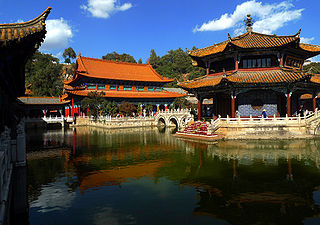
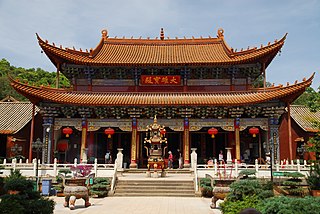
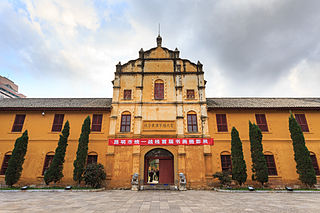
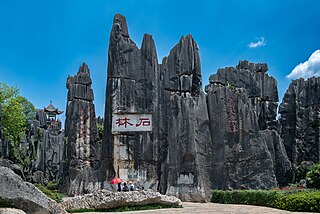
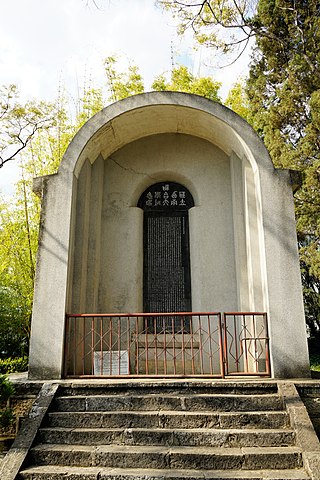
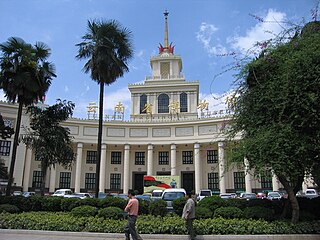
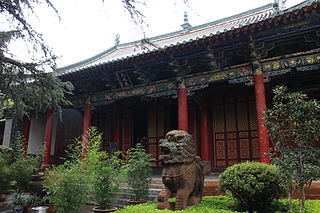
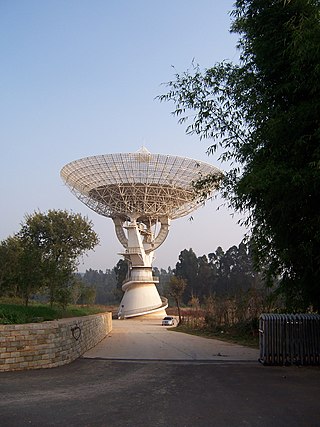
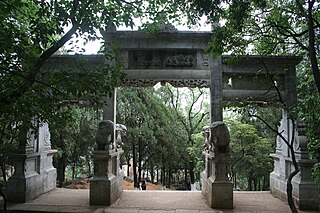
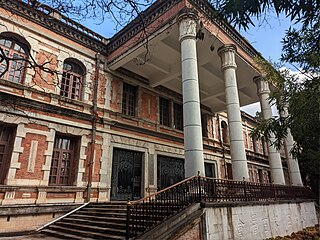
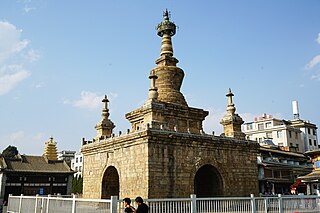

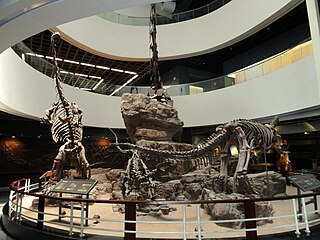
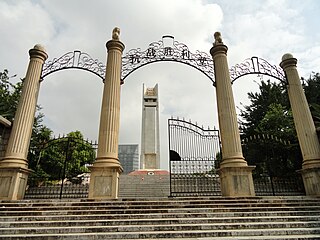
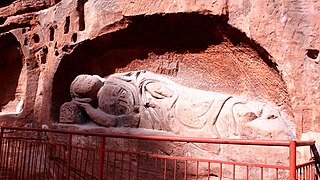
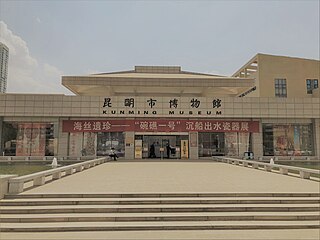
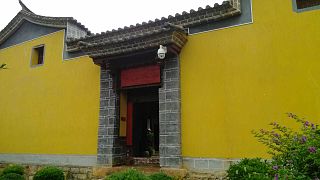
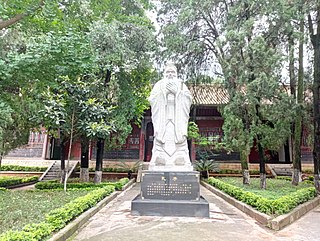
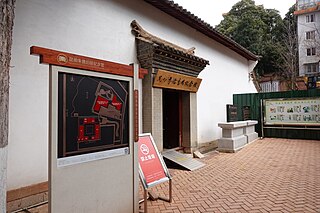
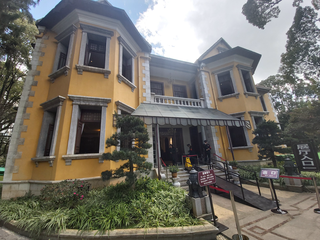
.jpg)
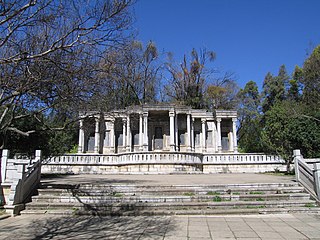
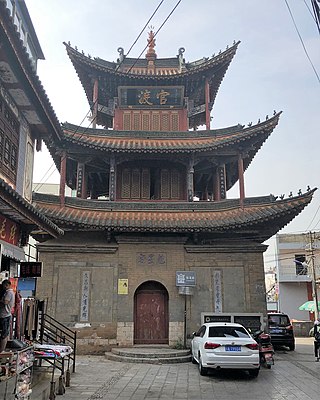
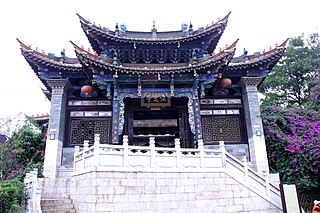
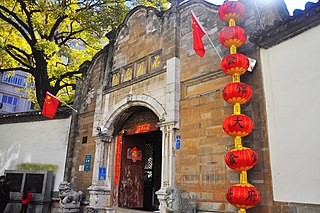
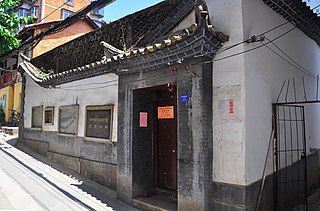

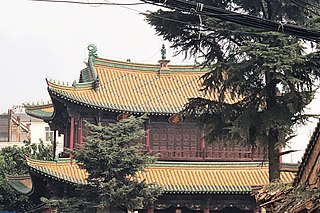
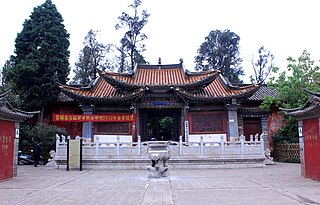
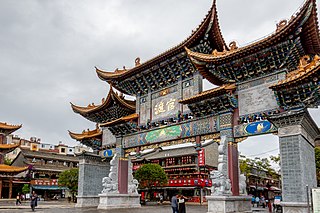
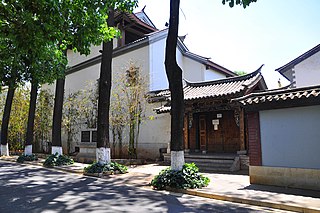
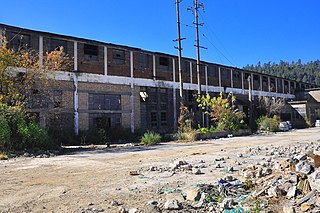
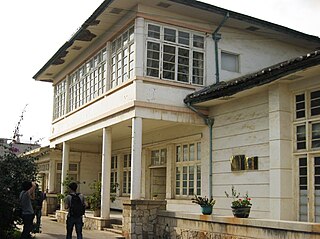
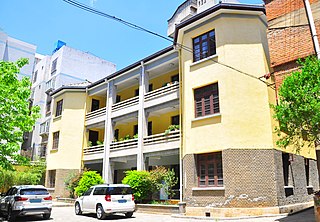
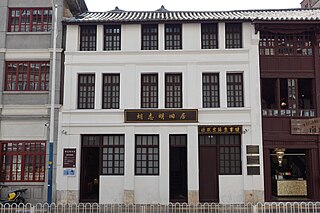
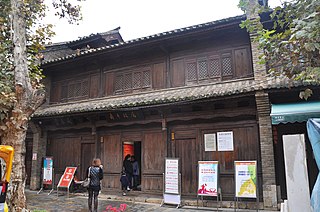
.jpg)
